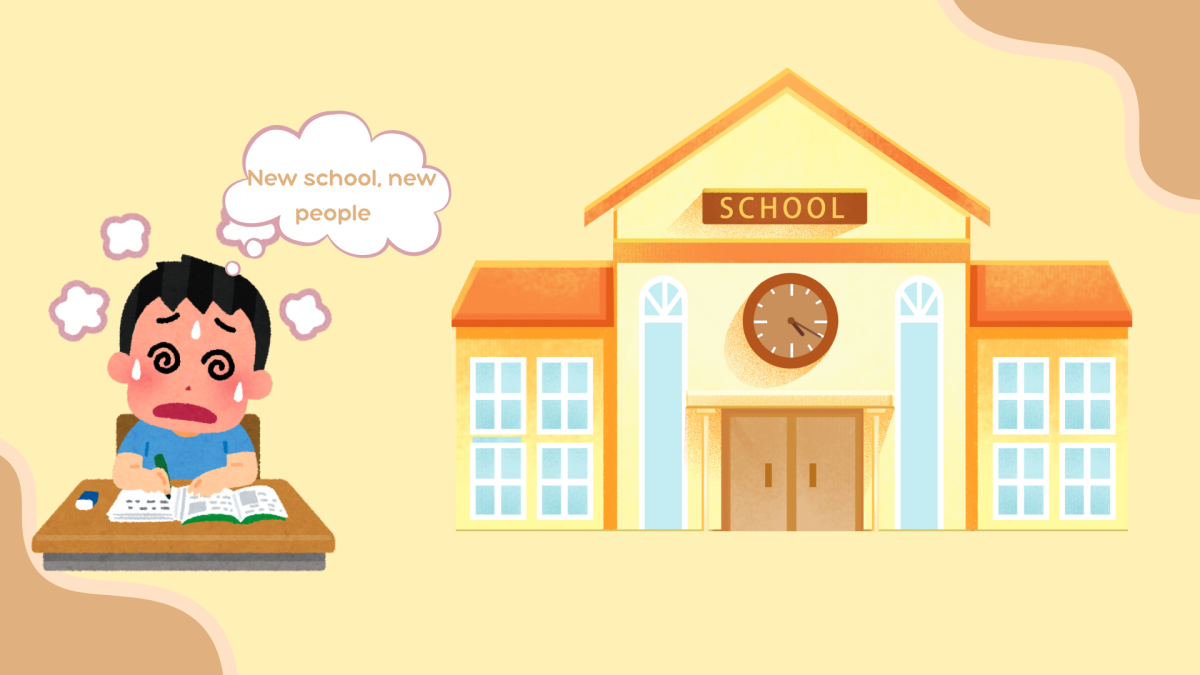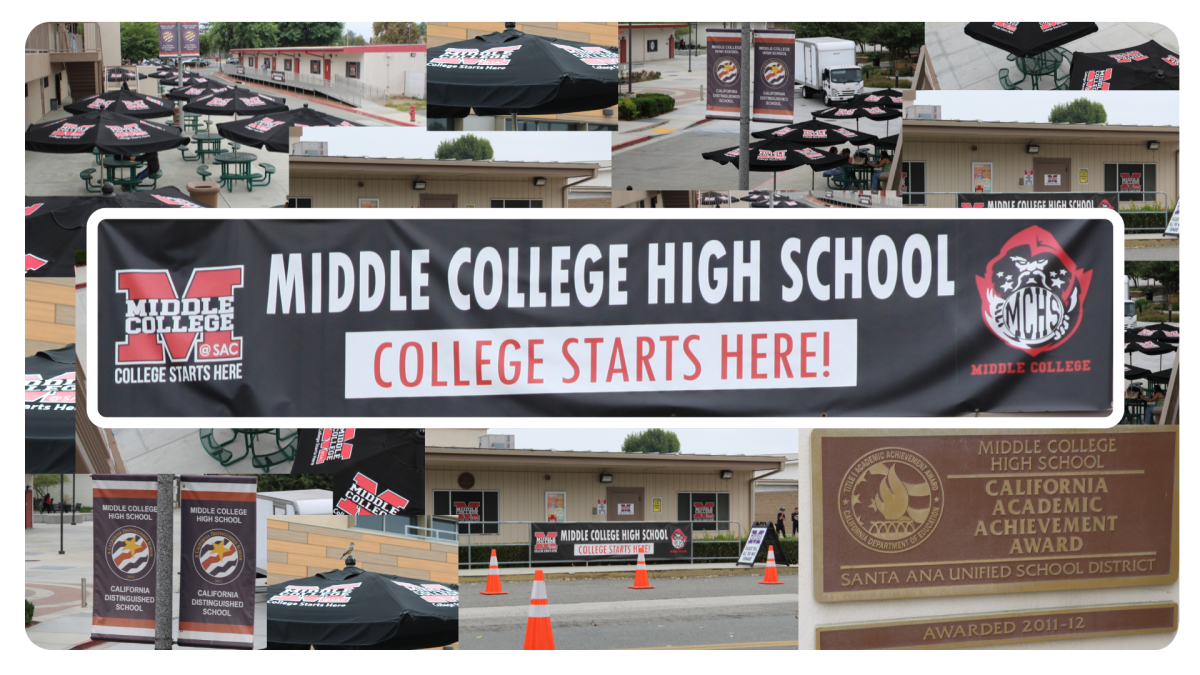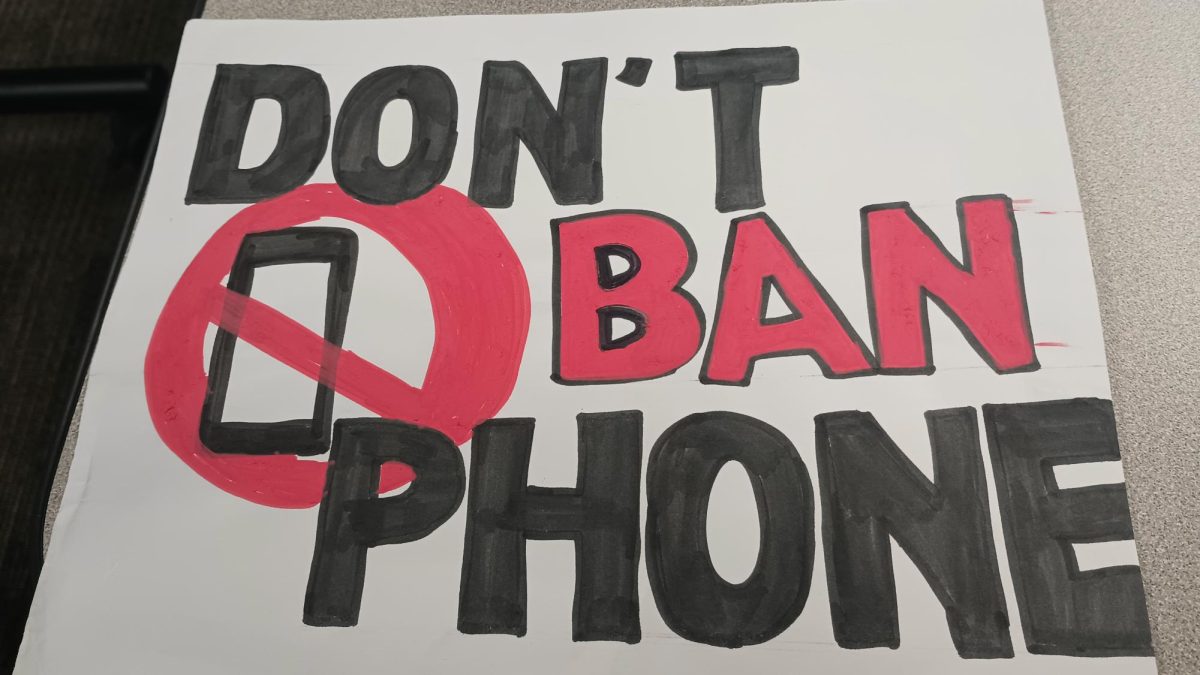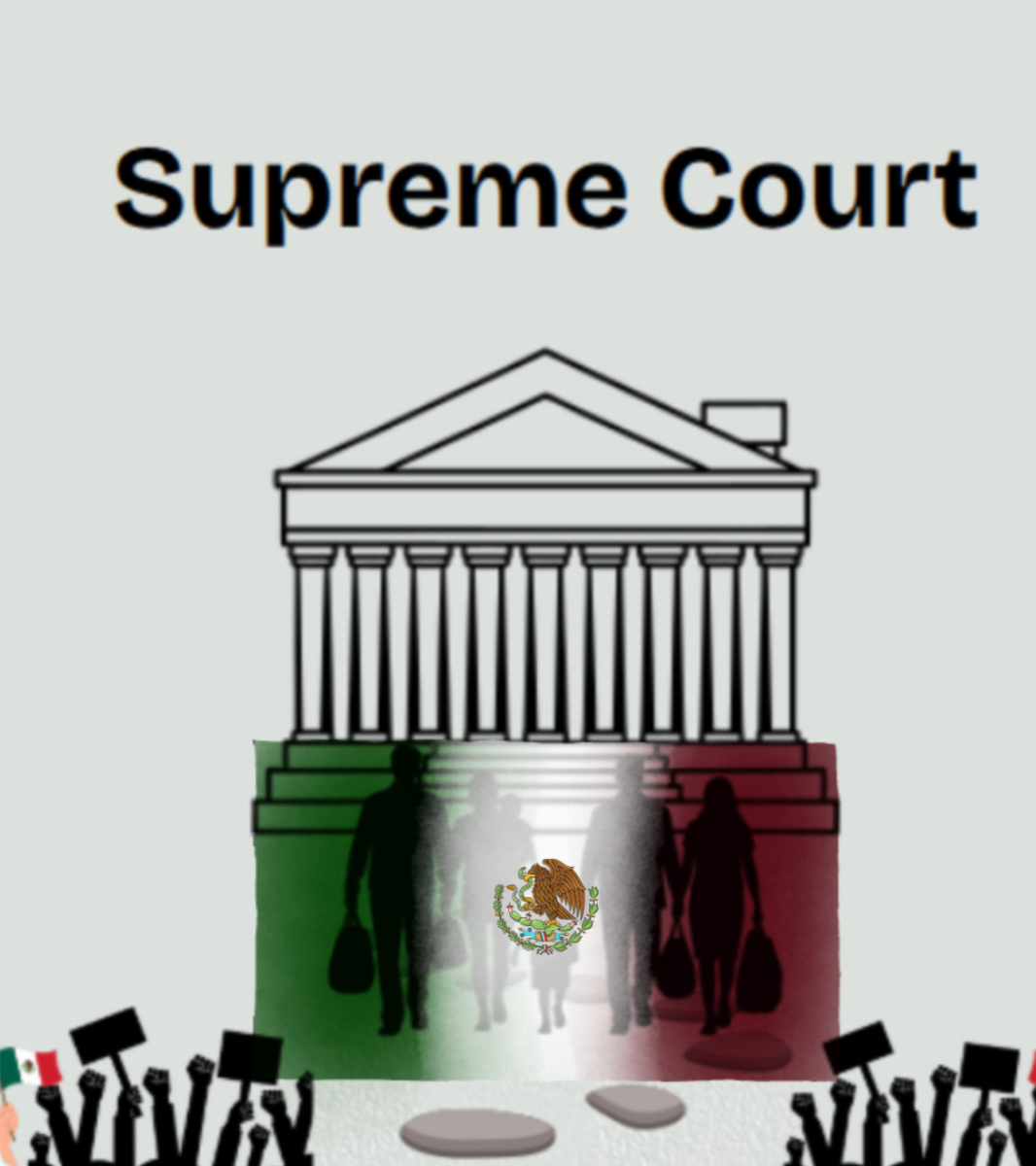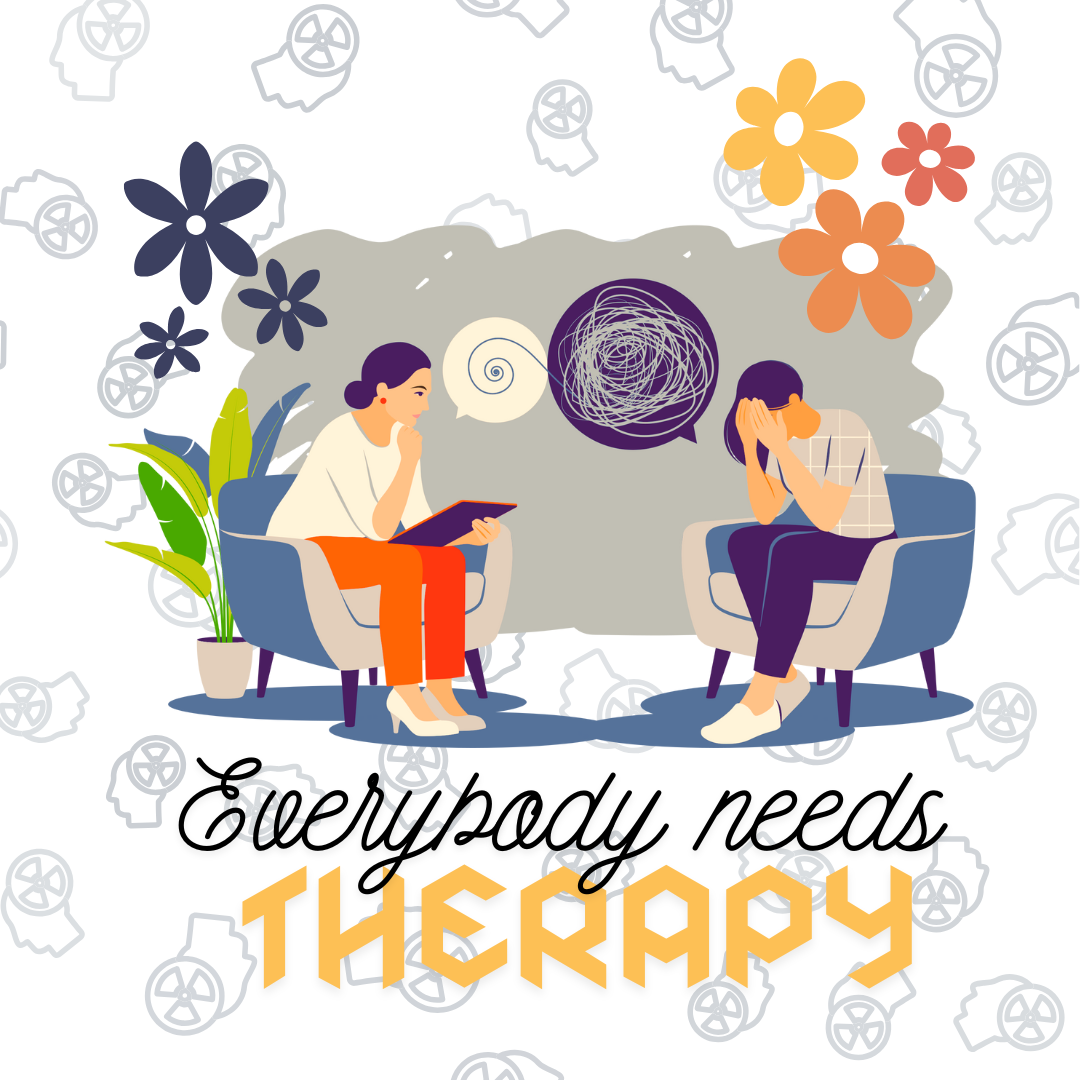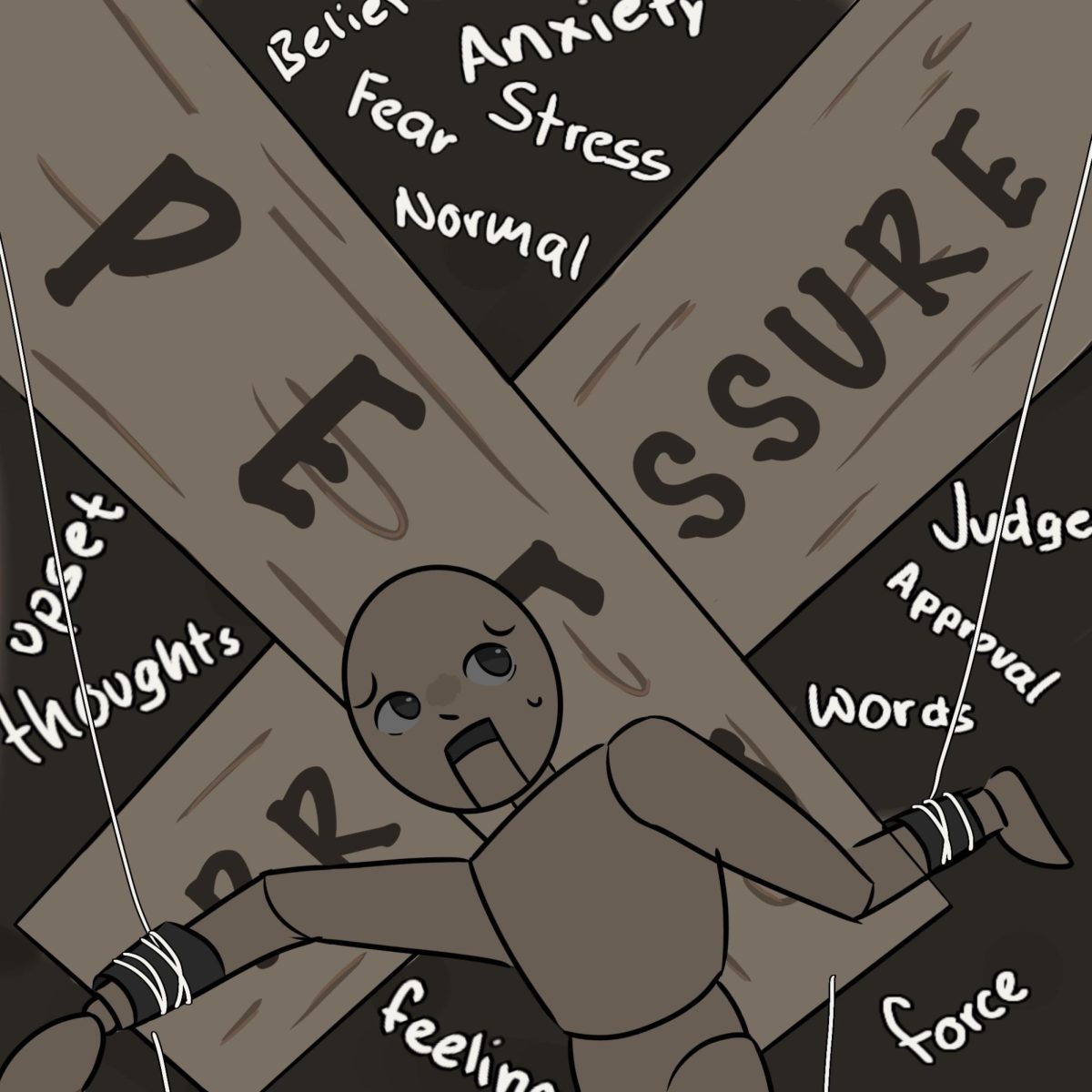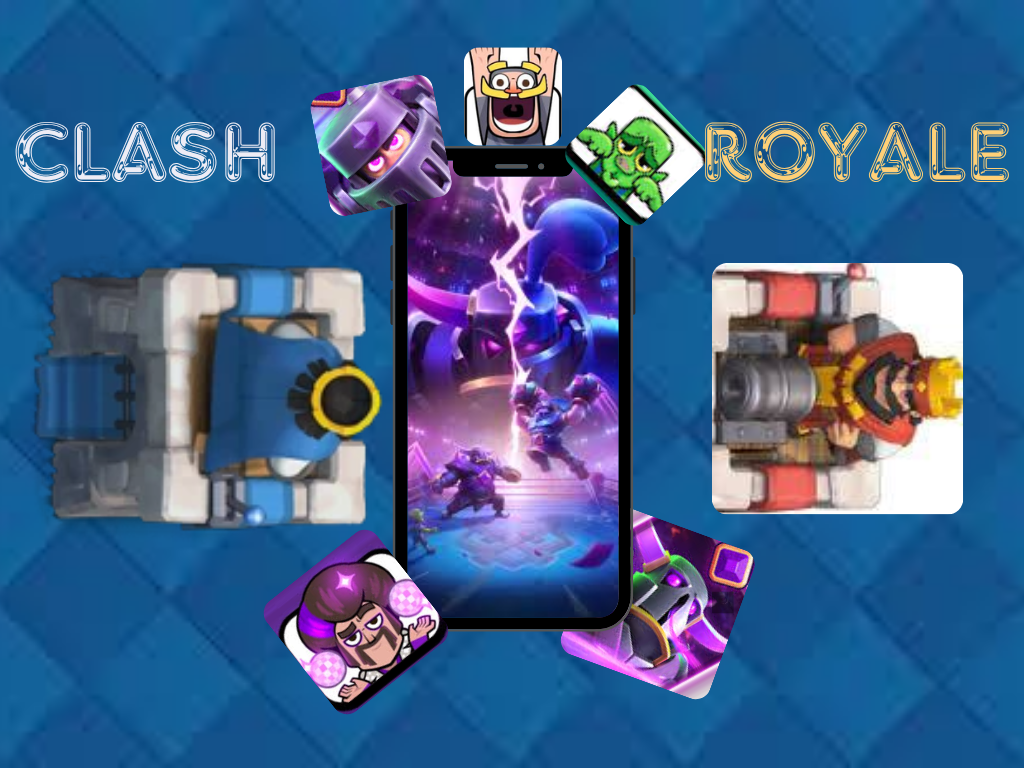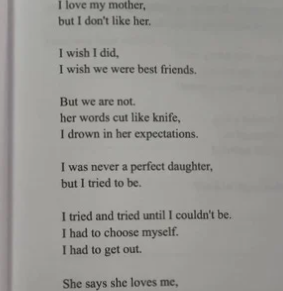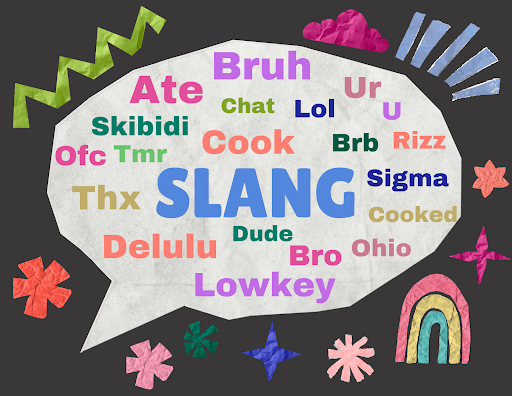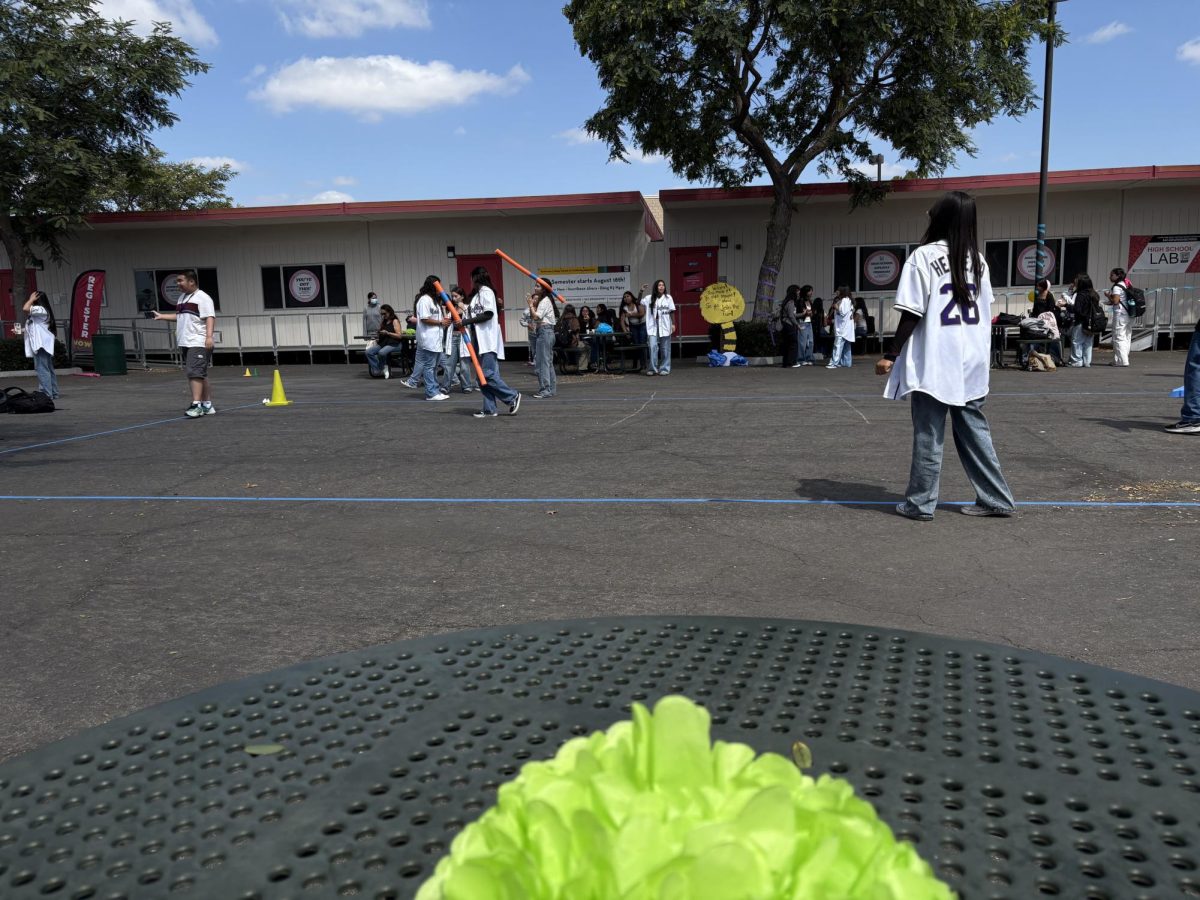Many teens today frequently use slang, a type of language consisting of informal words and phrases, in both their speech and writing. Words like “Chat”, “Bruh”, “Ur”, “U”, and “Skibidi” are just some examples of the slang that has become common. This language trend is starting to affect their grammar and writing in noticeable ways.
With the rise of social media, students are exposed to new slang words regularly, incorporating them into their everyday vocabulary. Teachers observe this trend when students use slang in classrooms and even in their written assignments, raising concerns about its impact on formal communication skills.
Tamara Storms, an English teacher with more than 26 years of experience, elaborates on this.
“Luckily, I think students, most of the time know the difference between formal writing and casual conversational language and in English. It’s called code-switching, when you can switch back and forth between the different kinds of languages that you speak,” she said.
This skill empowers students to excel academically while allowing them to seamlessly blend into their social circles, speaking the language that resonates with their peers.
Marcus Britt, an English teacher who teaches middle school students at Santiago Elementary expresses his opinion on this topic.
“They should be allowed to use slang in the classroom if we’re talking to each other verbally, but on assignments, they should avoid it,” he said.
While some educators see value in allowing students to express themselves informally during verbal interactions, others emphasize the importance of maintaining formal writing standards in academic work.
Vanessa Villalpando, a 10th grade English teacher tells us about her experiences with her past 8th grade students and her current 10th grade students.
“It depends on the grade level. Last year, when I had 8th graders, it was very common. This year with my 10th graders, it’s not as common. The only thing that I’m noticing would be the spelling,” she said.
As students get older, they tend to stop using slang as much as middle schoolers would. Other things become “trendy” and replace the words that they were accustomed to using. They also improve their code-switching practices.
“Honestly, slang is okay as long as the slang is not having a different meaning than it is, and as long as students can understand like ‘Hey, I should use it in academics but it’s okay for me to use it in general.’ That’s fine,” Villalpando said.
Slang can be used when socializing and interacting with other students, but if used in academics, it could impact students.
“So ever since I started teaching a long time ago, I’ve had to explain to students that it’s kind of like, here’s an analogy, you wouldn’t wear sweats and a dirty t-shirt to a wedding. You’d wear, you know, something nice to a wedding. In the same way, you don’t use slang in formal writing. It’s just there’s, you know, appropriate ways that you present yourself in different kinds of settings,” Storms said.
Students should understand when it is appropriate to use slang and when it is not. Using formal language is often expected, and it demonstrates a student’s ability to engage professionally and respectfully with teachers and peers.

